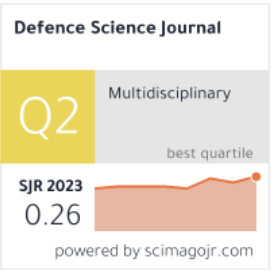Steady-state and transient dynamics for sweetening of LPG process
Abstract
Amine treating is the most common system for gas sweetening that is used in petroleum, gas and petrochemical industries. Steady-state analysis of the process is conducted on the developed simulation-model using Aspen Hysys. For obtaining more accurate results, absorber internal specifications and feed gas conditions are taken from real industrial plant data. The effect of the system controlling parameters on concentrations of H2S and CO2 in sweet gas is inspected. The manipulated variables for the amine unit are Di-ethanolamine (DEA) solution circulation rate and temperature. Sour gas flow rate and H2S/CO2 mole ratio in feed become disturbance or load; whereas, the control variables are concentration and throughput of sour gas in exit sweet gas. The outcome of the sensitivity study is used to develop MIMO transient models with a first-order plus dead-time (FOPDT)structure for the control studies. Based on the developed model the model predictive control (MPC) and PID controls are implemented for 2 by 2 systems.
Keywords
Reactive absorption
Nonequilibrium modeling
Film model
Hydrogen sulphide (H2S)
Di-ethanolamine (DEA)
Description
Indexed in scopushttps://www.scopus.com/authid/detail.uri?authorId=57211624380 |
Article metrics10.31763/DSJ.v5i1.1674 Abstract views : | PDF views : |
Cite |
Full Text Download Download
|
Conflict of interest
“Authors state no conflict of interest”
Funding Information
This research received no external funding or grants
Peer review:
Peer review under responsibility of Defence Science Journal
Ethics approval:
Not applicable.
Consent for publication:
Not applicable.
Acknowledgements:
None.





